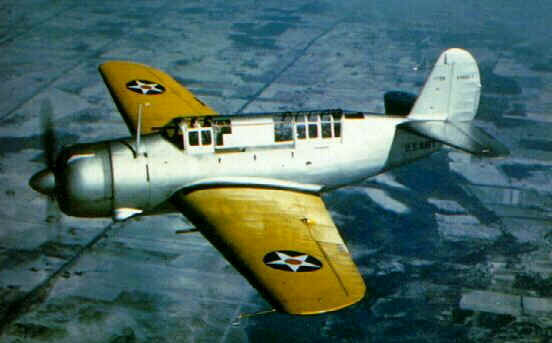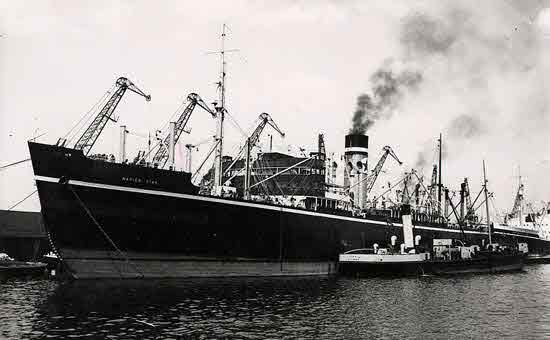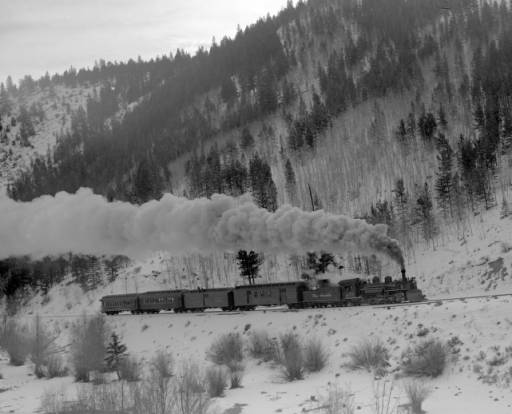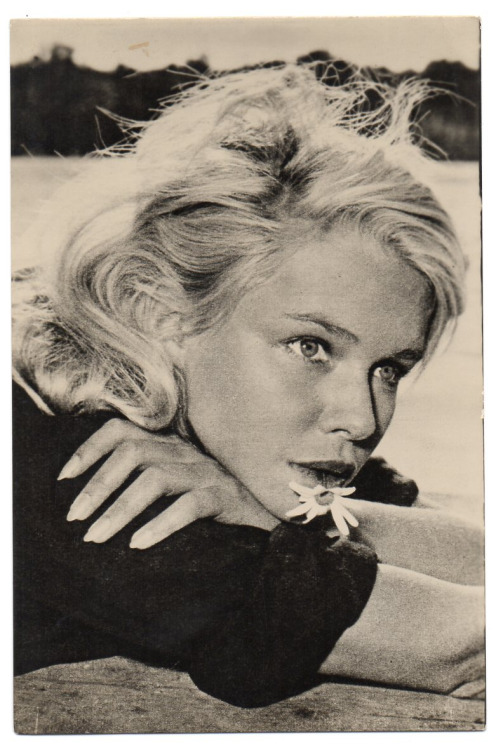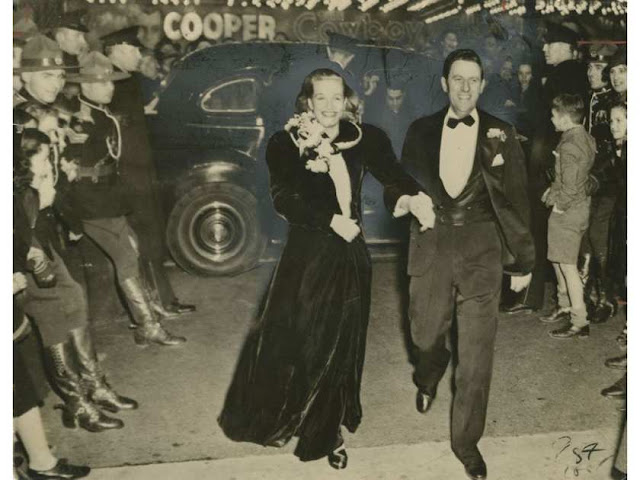Sunday 16 February 1941
East African Campaign: The South African Air Force (SAAF), using converted Junkers Ju 86 airliners, attacks Italian positions on the far (east) side of the Juba River in Italian Somaliland. The British 1st South African Brigade is trying to break out across the river to the coast and ultimately take Mogadishu.
The Royal Navy is able to bring troops to Eritrea in the Mersa Teclai inlet. The Free French Brigade d'Orient begins arriving there. In Abyssinia, the South African 5th Infantry Brigade attacks Mega.
 |
| South African Junkers Ju 86Z bombers, used against the Italians in East Africa. |
RAF Bomber Command makes daylight attacks on some of the invasion ports such as Zeebrugge, Middleburg and Den Helder.
 |
| The Ormonde, victim of a Luftwaffe attack today. |
Coastal Command Western Approaches completes its move from Plymouth north to Derby House, Liverpool. It is under the command of Admiral Sir Percy Noble. It is supported by RAF No. 15 Group, while a new group, No. 19, takes over the Plymouth command.
Royal Navy battlecruiser HMS Repulse leaves Scapa Flow for a refit at Rosyth. Many British warships are taking advantage of the latter part of winter to undergo maintenance there, including destroyer HMS Escapade.
The Luftwaffe bombs Chatham, site of Royal Navy repair facilities. The Germans damage light cruiser HMS Neptune, already in the repair dock to address some earlier damage.
The Luftwaffe bombs and sinks 250-ton minesweeping trawler HMT Ormonde off Peterhead off the east coast of Scotland. There are 20 deaths, including skipper W.T. Coull, RNR.
The Luftwaffe (I,/KG 40 Focke-Wulf Fw 200 Condors) bombs and sinks 340-ton British trawler Naniwa in the Atlantic west of Dunquin, Ireland. There are five deaths.
The Luftwaffe bombs and damages 3000-ton British transport Coryton northeast of the Farne Islands. The ship is holed, but the Captain (Josiah Evans) manages with great skill to beach the ship in Budle Bay. At first, the crew refuses to abandon the ship, but the weather turns bad. Captain Evans orders the 39 crew ashore but remains aboard (if the ship is abandoned, it becomes prey for salvagers). During the night, the storm wrecks the ship and kills Captain Evans, who washes ashore.
British 4670 ton tanker Empire Otter hits a mine and sinks off Hartland Point, Devon. Everybody survives. The Bristol Channel has claimed numerous ships to mines in the past month.
British 276 ton trawler Thomas Deas hits a mine and sinks a few miles from Spurn Point, Yorkshire. Everybody perishes.
Australian auxiliary minesweeper HMAT Southsea hits a mine and is badly damaged in the Tyne. The crew beaches it, but it is written off. There are seven deaths.
British 1514 ton freighter Varna, damaged by the Luftwaffe off the coast of Portugal on the 9th and left a flaming derelict, finally sinks after drifting further north and west.
Convoy OB 287 departs from Liverpool.
U-261 is launched.
The Luftwaffe sends eleven air raids against Malta in 24 hours. Many of the raids are to lay mines, and the raids are usually by single or duo bombers. One raid on Luqa airfield by Junkers Ju 87 Stukas of 7,/JG 26 results in escort fighters shooting down three RAF Hurricanes. Governor Dobbie sends a telegram to the War Office stating:
The proposed establishment of anti-aircraft batteries in Malta is utterly inadequate. Raids are now frequent throughout the 24 hours and personnel have been standing to for long hours continuously day and night. With normal sick wastage in other ranks there are no reliefs, and the officer establishment allows no reliefs even with none on sick leave. Unless an adequate establishment is allowed to Malta, it will be necessary to put 25 per cent of guns out of action for resting.A Fairey Swordfish of RAF No. 830 Squadron, based on Malta since the bombing of HMS Illustrious, torpedoes and sinks 4957-ton Italian freighter Juventus east of Monastir, Tunisia (northeast of Kuriat Island).
The British are still evacuating Italian POWs from Tobruk. Armed boarding vessel HMS Fiona takes 417 prisoners from there to Alexandria.
Battle of the Indian Ocean: German raider Komet heads south into the Antarctic, searching for whaling vessels.
Troop carrier Queen Mary splits off from Convoy US 9 and heads for Singapore.
The Royal Navy continues mining the waters around Singapore.
Turkish/Bulgarian Relations: The two countries conclude a nonaggression pact. Both Hitler and Churchill feel that Turkey is the balance of power in the region, but it remains steadfastly neutral.
 |
| A parachutist dropping from a converted Armstrong Whitworth Whitley bomber. |
Separately, the first courier to the Polish underground, bombardier Czeslaw Raczkowski, parachutes into Poland (the Reichsgau Wartheland) today. He is part of Team Zero in Operation Adolphus. This operation was originally planned for December 1940 but was postponed because the Whitley bombers had to be modified for the lengthy flight. The plane is slow, so the operation must be done during long winter nights. The flight takes off at 18:37 and the agent drops around 02:00 on the 16th. This mission does not achieve much, but it does boost the morale of the Free Polish Army in England. Since the nights are getting shorter, the mission really is a one-off for the time being. The Whitley spends 11 hours and 16 minutes in the air, flying over Berlin, which the crew sees is not subject to a war-time blackout.
British Military: General O'Connor, commander of XIII Corps, is appointed General Officer Commanding-in-Chief the British Troops in Egypt. XIII Corps is being effectively disbanded since Middle East Commander General Archibald Wavell intends to send its troops to Greece. This is being done at the very time when the Germans are landing troops in Tripolitania to form the Afrika Korps.
Holocaust: Several hundred Jews are rolling in a sealed train from German and Austria to Lisbon. They are in possession of US quota visas, issued by the American Consulate in Berlin. They are permitted a maximum of ten German marks. Tickets to the United States paid for by US relatives, await them in Lisbon. Jews in German (the Greater Reich, which includes some annexed territories such as Austria) and Holland are still able to exit the Continent if they have the appropriate documentation, e.g., visas and tickets. Italian Jews also are free to leave. Lisbon has become the primary portal for overseas escape, and arrivals and departures are carefully scrutinized by German (and British) agents.
Meanwhile, the German government in Austria (Arthur Seyss-Inquart) deports 10,000 (the number is approximate) more Jews to Poland.
British Homefront: The New York Times prints an editorial bemoaning the rise of inflation in Great Britain. It points out that prices there rose 64% in the first year of the war.
Future History: Yuri Irsenovich Kim is born in the village of Vyatskoye, near Khabarovsk (this is all disputed: North Korean records prepared decades later state that he is born in 1942 in a secret military camp in Paektu Mountain, Korea). Yuri is the son of Kim Jong-un, leader of a Soviet battalion made up of Chinese and Korean exiles. Yuri completes a normal education in Pyongyang, Korea during the 1950s (or in China, depending upon the source) and becomes active in politics, particularly Marxist organizations. At some point, Yuri changes his name to Kim Jong-il, perhaps to escape his Russian-sounding name. His father rises through the diplomatic and political ranks in North Korea, eventually becoming the country's leader, and Kim himself attains leadership of the local communist party. He becomes known as "Dear Leader" in 1980 and in 1991 becomes the Supreme Commander of the Korean People's Army. In 1992, he becomes known as "Dear Father." On 8 July 1994, Kim's father passes away and Kim Il Jong becomes the leader of North Korea after a three-year power struggle. Kim Jong-Il passes away on 17 December 2011 and is succeeded by his son, Kim Jong-un.
 |
| A corvette on convoy escort duty, 16 February 1941. © IWM (HU 110323). |
February 1941
February 1, 1941: US Military Reorganization
February 2, 1941: Wehrmacht Supermen
February 3, 1941: World Will Hold Its Breath
February 4, 1941: USO Forms
February 5, 1941: Hitler Thanks Irish Woman
February 6, 1941: Operation Sunflower
February 7, 1941: Fox Killed in the Open
February 8, 1941: Lend Lease Passes House
February 9, 1941: Give Us The Tools
February 10, 1941: Operation Colossus
February 11, 1941: Afrika Korps
February 12, 1941: Rommel in Africa
February 13, 1941: Operation Composition
February 14, 1941: Nomura in Washington
February 15, 1941: Churchill's Warning
February 16, 1941: Operation Adolphus
February 17, 1941: Invade Ireland?
February 18, 1941: Panzerwaffe Upgrade
February 19, 1941: Three Nights Blitz
February 20, 1941: Prien's Farewell
February 21, 1941: Swansea Blitz Ends
February 22, 1941: Amsterdam Pogrom
February 23, 1941: OB-288 Convoy Destruction
February 24, 1941: Okuda Spies
February 25, 1941: Mogadishu Taken
February 26, 1941: OB-290 Convoy Destruction
February 27, 1941: Operation Abstention
February 28, 1941: Ariets Warns Stalin
2020


